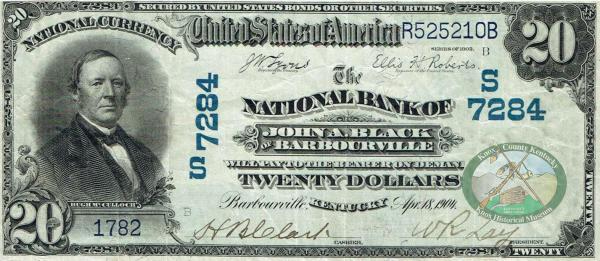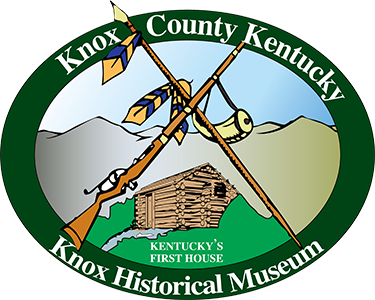Help Us Find a Permanent Home!
The Museum is looking for a new permanent location. Due to changes related to the renovation of the Barbourville Municipal Building, the Museum will not have the required space to operate fully from its prior location within the Municipal Building. We are looking for a new location that will be fully dedicated to housing the Museum's considerable physical collections of artifacts and all of its genealogical research materials for the enjoyment and use of future generations.
The Knox Historical Museum, Inc. is a 501(c)-3 nonprofit organization that operates from the generous donations of patrons and from the sale of items like calendars, books, and other items from its Museum Store.
If you'd like to make a donation to help us with the expenses incurred for locating and securing a permanent location for the Museum, you may make a safe and secure online donation using our PayPal account by clicking on the Donate button below. You do not need to have a PayPal account to make a donation.
You may also make a donation by check. Please make your check payable to Knox Historical Museum and write 'Donation' in the memo line and mail it to:
Knox Historical Museum
PO Box 1446
Barbourville, KY 40906
The Knox Historical Museum continues as always to appreciate our generous donors for their gifts. Your gift will be used for our daily operational purposes and will be classified as unrestricted funds unless otherwise indicated. Donors will be provided with a receipt of their donation and a huge thank you.

The Museum is Temporarily Closed
The Knox Historical Museum closed to the public March 31, 2023, temporarily, due to the Municipal Building, in which the museum is housed, having scheduled a complete renovation, including removal of all internal structures.
The museum has not closed as an institution and will continue research and genealogy services via e-mail and postal mail, but we are not permitted to have public traffic in our temporary facilities.
Contact Information: Museum e-mail:
Genealogy e-mail:
U.S. Postal Service:
Knox Historical Museum
PO Box1446
Barbourville, KY 40906
Important Shipping Information
Our Museum is staffed by Volunteers and our hours of operations currently are such that our Volunteer staff members are only able to check for Online Orders once per week. Typically on either Tuesday or Thursday.
This means that online orders may not be shipped for up to 10 days after your order is placed. PLEASE give our Volunteer staff the time to process your order and ship it out to you. We will do our best to ship all orders as quickly as possible. Before you ask PayPal for a refund due to non-shipment, please send us an e-mail first to ask about your order's status.
Thank You!






